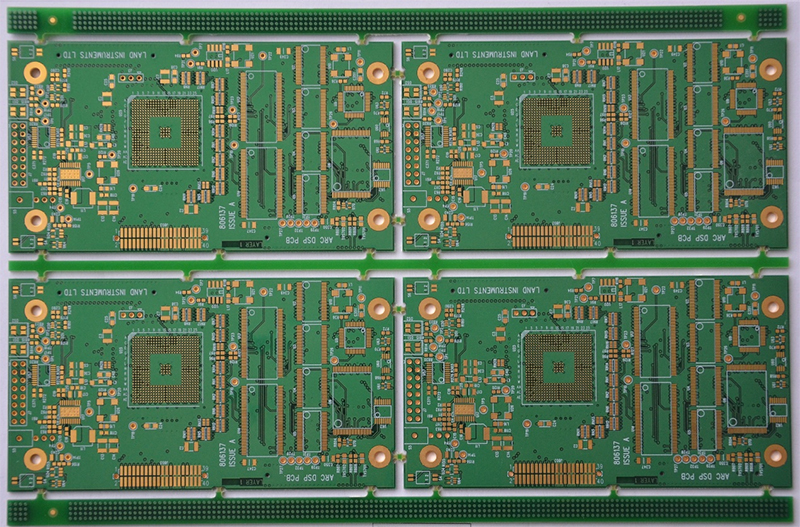High-Temperature PCBs: Ensuring Reliable Performance in Harsh Environments

Keywords: High Temperature PCB Manufacturer
In today's world, printed circuit boards (PCBs) are a vital component in most electronic devices. With the advancement in technology, there is an increasing demand for high-temperature PCBs, especially in industries such as aerospace, automotive, and military, where the operating environment is extreme. High-temperature PCBs from High Temperature PCB Manufacturer are designed to withstand harsh environments with high temperatures, humidity, and pressure, ensuring the performance and reliability of electronic devices.
What is High-Temperature PCB?
High-temperature PCBs are made of materials that can withstand elevated temperatures up to 200°C or more, unlike traditional PCBs that can only withstand temperatures up to 140°C. These materials include ceramics, polyimide, and PTFE (Polytetrafluoroethylene). High-temperature PCBs are typically used in industries where operating environments require PCBs to withstand extreme temperatures, pressures, and humidity levels, such as in the automotive, aerospace, and military industries.
High-temperature PCBs are designed to perform in high-temperature environments without the risk of failure or damage. For example, in an aerospace application, a high-temperature PCB can withstand the high temperatures and pressure changes that occur during takeoff and landing. Similarly, in an automotive application, a high-temperature PCB can withstand the heat generated by the engine and other high-temperature components.
Manufacturing Process of High-Temperature PCBs
The manufacturing process of high-temperature PCBs is similar to that of traditional PCBs. However, the materials used in high-temperature PCBs are different, and the process is more complex. The manufacturing process of high-temperature PCBs by High Temperature PCB Manufacturer involves the following steps:
- Design: The first step in manufacturing high-temperature PCBs is designing the PCB layout. The design must consider the operating environment, the components used, and the heat generated by these components.
- Material Selection: The materials used in high-temperature PCBs must be able to withstand the high temperatures and pressures of the operating environment. The most commonly used materials for high-temperature PCBs are ceramics, polyimide, and PTFE.
- Layering: Once the material is selected, the next step is to layer the materials to form the PCB. The layering process involves laminating multiple layers of the chosen material with copper foils.
- Etching: Etching involves removing the unwanted copper from the PCB to create the desired copper traces.
- Drilling: After etching, the PCB is drilled to create holes for component placement.
- Plating: Plating involves coating the copper traces with a layer of tin, gold, or silver to prevent oxidation.
- Solder Masking: Solder masking involves applying a layer of solder mask over the PCB to protect the copper traces and prevent the solder from flowing to the wrong areas.
- Testing: The final step is testing the PCB to ensure it meets the design specifications and can withstand the high-temperature operating environment.
Benefits of High-Temperature PCBs
- High-temperature PCBs can withstand extreme temperatures and pressures, making them suitable for harsh operating environments.
- They have excellent thermal stability, ensuring that the PCB operates reliably in high-temperature environments.
- High-temperature PCBs have excellent mechanical strength and can withstand high vibration and shock.
- They have excellent chemical resistance, making them suitable for use in chemically aggressive environments.
Conclusion
High-temperature PCBs from High Temperature PCB Manufacturer are becoming increasingly important in industries where operating environments are harsh and demanding. They are designed to withstand high temperatures, pressures, and humidity levels, ensuring the reliable performance of electronic devices.




